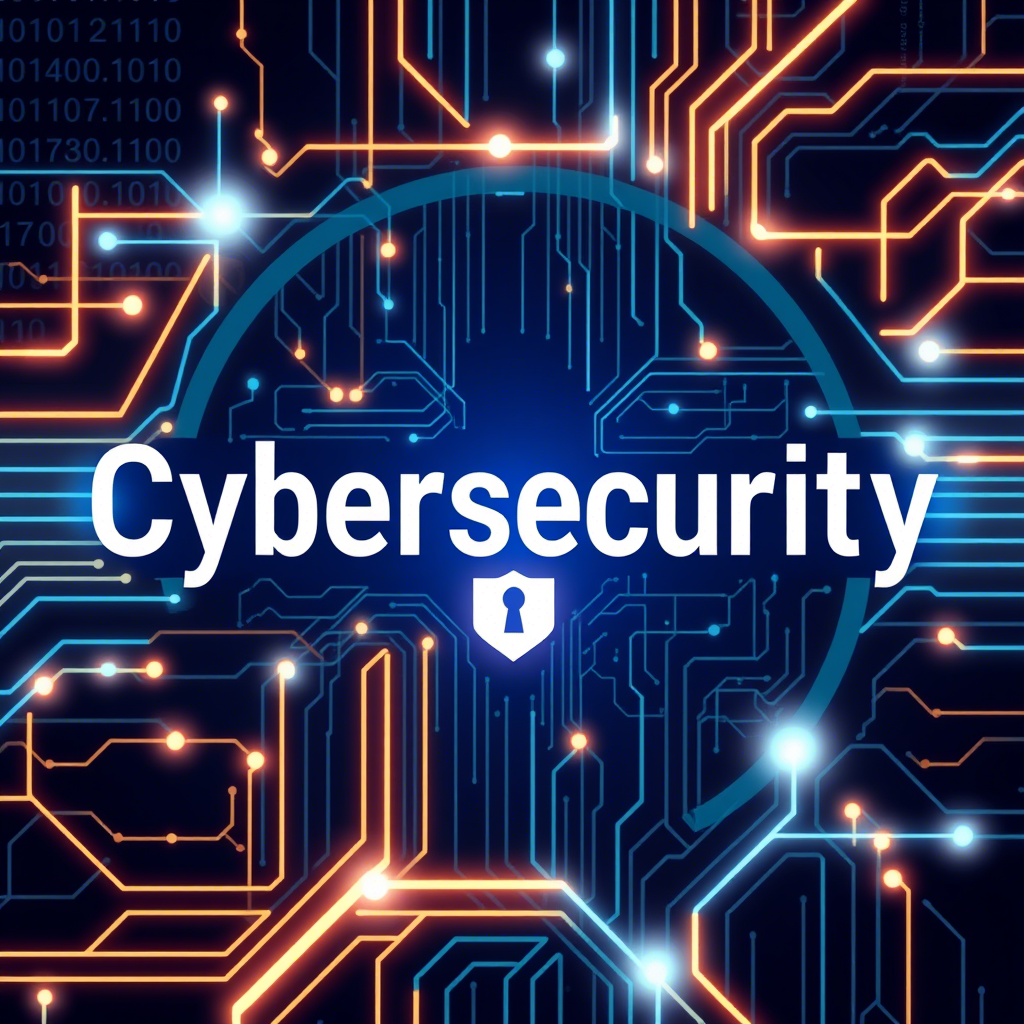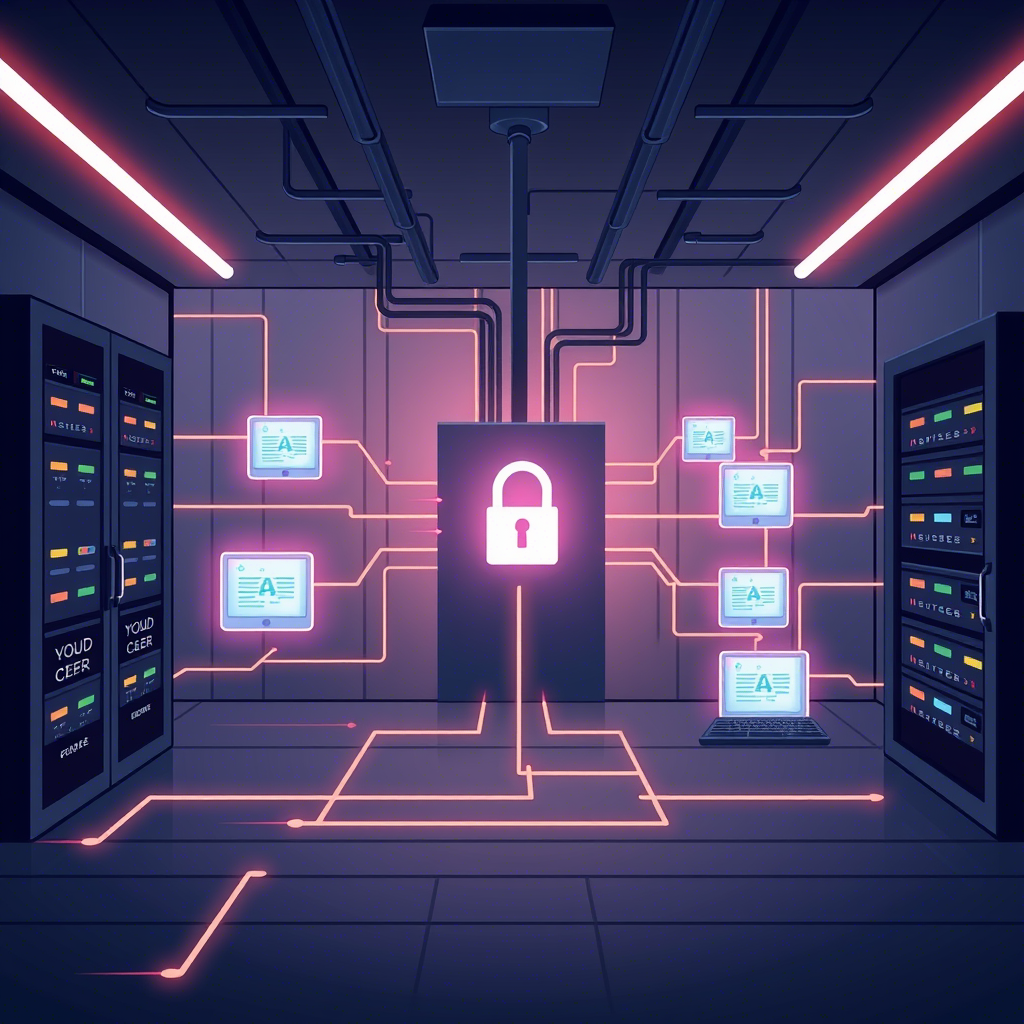Comprehensive Guide to Cybersecurity: Protecting the Digital World In an era where technology dominates both personal and professional spheres, cybersecurity has become a cornerstone of modern life. It ensures the safety of digital assets, protects sensitive data, and mitigates the risks posed by cyber threats. This article explores the fundamentals of cybersecurity, delves into technical aspects, examines emerging trends, and addresses frequently asked questions. What is Cybersecurity, and Why is it Important? Cybersecurity refers to the practices, technologies, and processes designed to protect systems, networks, and data from cyberattacks. These attacks often aim to steal sensitive information, disrupt operations, or extort money. Cybersecurity is vital because it safeguards personal privacy, protects businesses from financial losses, and ensures the integrity of critical infrastructure. What are the Most Common Types of Cyberattacks? Cyberattacks come in various forms: How Can Individuals Protect Themselves from Online Threats? To stay safe online: Key Components of a Strong Cybersecurity Strategy A robust cybersecurity strategy includes: What is the CIA Triad in Cybersecurity? The CIA Triad stands for: Technical Aspects of Cybersecurity What is the Difference Between Symmetric and Asymmetric Encryption? How Does a Firewall Work? A firewall acts as a barrier between trusted internal networks and untrusted external networks. It filters incoming and outgoing traffic based on predefined security rules to block malicious activity. What is a Brute Force Attack? A brute force attack involves guessing passwords through trial and error. It can be prevented by using strong passwords, account lockouts after failed attempts, and MFA. Differences Between IDS and IPS How Does a VPN Enhance Security? A Virtual Private Network (VPN) encrypts internet traffic, masking users’ IP addresses and protecting data from interception on public networks. Threats and Risks in Cybersecurity What is Ransomware? Ransomware encrypts files on a victim’s system until a ransom is paid. Mitigation strategies include regular backups, antivirus software, and avoiding suspicious downloads. How Do Phishing Attacks Work? Phishing involves fraudulent messages designed to trick recipients into revealing sensitive information or installing malware. Awareness training is key to prevention. What is Social Engineering? Social engineering exploits human psychology to gain unauthorized access to systems or information. Training employees to recognize manipulation tactics minimizes risks. Differences Between Malware Types How Do Organizations Handle Data Breaches? Organizations respond by: Emerging Trends in Cybersecurity How Does Artificial Intelligence Impact Cybersecurity? AI enhances threat detection by analyzing vast amounts of data in real time, identifying anomalies, and predicting attack patterns. Challenges of Securing IoT Devices IoT devices often lack robust security features, making them vulnerable to attacks. Implementing strong passwords, firmware updates, and network segmentation can mitigate risks. Role of Blockchain in Cybersecurity Blockchain provides secure transaction records through decentralized ledgers, enhancing transparency and reducing fraud risks. Risks Posed by Quantum Computing Quantum computing could break current encryption methods due to its immense processing power. Post-quantum cryptography aims to develop encryption resistant to such threats. Latest Trends in Cloud Security Cloud security focuses on encryption, access controls, zero-trust architectures, and AI-driven threat detection to protect sensitive data stored in cloud environments. Best Practices for Cybersecurity Careers in Cybersecurity What Skills Are Needed for a Career in Cybersecurity? Key skills include knowledge of networking protocols, programming languages (e.g., Python), ethical hacking techniques, risk assessment methodologies, and familiarity with tools like SIEM systems. Most Valuable Certifications Certifications like CISSP (Certified Information Systems Security Professional), CEH (Certified Ethical Hacker), CISM (Certified Information Security Manager), and CompTIA Security+ are highly regarded in the industry. Preparing for a Cybersecurity Interview Candidates should demonstrate problem-solving skills, knowledge of cybersecurity frameworks (e.g., NIST), hands-on experience with tools like firewalls or IDS/IPS systems, and familiarity with recent cyberattack case studies. Responsibilities of a Cybersecurity Analyst Cybersecurity analysts monitor networks for threats, investigate incidents, implement security measures, conduct vulnerability assessments, and ensure compliance with regulations. Challenges Faced by Professionals Professionals face challenges such as evolving threat landscapes, skill shortages in the industry, balancing proactive measures with reactive responses, and managing stress during high-pressure incidents. Cybersecurity is an ever-evolving field that requires constant vigilance and adaptation to new challenges. By understanding its principles, adopting best practices, leveraging emerging technologies like AI and blockchain, and fostering skilled professionals in the field, individuals and organizations can effectively safeguard their digital assets against threats in an increasingly connected world. LogicCode.info offers comprehensive software development services, catering to businesses of all sizes with a focus on cutting-edge technologies. Their expert team creates custom, scalable applications tailored to unique requirements, enhancing operational efficiency and driving growth in the digital landscape. With a strong commitment to security and performance, LogicCode.info positions itself as a trusted partner for all software development needs, also providing cybersecurity related services. Contact LogicCode.info for cybersecurity needs. #CyberSecurity #InfoSec #DataSecurity #CyberCrime #Malware #Phishing
How to Start Your Own Crypto Exchange: A Complete Guide Starting your own crypto exchange is a strategic move in today’s booming digital asset market. However, success requires meticulous planning, adherence to regulations, and robust technical execution. This guide walks you through the critical steps to launch a secure, scalable exchange. 1. Key Requirements to Start a Crypto Exchange Launching a crypto exchange demands: 2. Steps to Launch Your Exchange Market Research & Planning Identify your target audience (retail, institutional, or niche traders) and analyze competitors. Legal Compliance & Licensing Work with legal experts to navigate regulations in your jurisdiction. For example, the FATF guidelines outline global AML standards. Choose a Development Method Platform Development Key features include: Testing & Deployment Conduct rigorous stress tests and beta trials before launch. Marketing & Launch Use SEO, social media, and partnerships to attract users. 3. How Much Does It Cost to Start a Crypto Exchange? 4. Programming Languages for Crypto Exchange Development 5. Key Features of a Successful Exchange 6. Challenges & Solutions 7. Differentiate Your Exchange Final Thoughts Starting your own crypto exchange is achievable with the right partner. Click Here to LogicCode offers affordable, secure solutions to launch your platform quickly.
What is a private blockchain? A private blockchain is a permissioned distributed ledger that restricts network access to authorized participants. Unlike public blockchains like Bitcoin, which are open to anyone, a private blockchain requires explicit authorization to join. This makes it ideal for businesses needing a secure, controlled environment for sensitive data and transactions.How does a private blockchain work?Private blockchains operate as decentralized, distributed digital ledgers, but with access limited to a specific group of authorized participants. These participants must be granted permission to access and contribute to the blockchain network. An access control mechanism restricts participation in the consensus process to trusted entities, validating transactions and adding them to the blockchain, enhancing overall security and privacy. They often utilize a consensus algorithm to ensure agreement among authorized nodes regarding transaction validity and order, resulting in streamlined and efficient consensus processes. What are the benefits of using a private blockchain? What are the advantages of private blockchain development for businesses? Private blockchain development provides businesses with enhanced security, greater control over access, and customization. By eliminating dependencies on third-party infrastructures, businesses can innovate at their own pace. The control over access ensures data sensitivity and compliance with regulations, while the customizable nature of private blockchains allows for tailoring to specific business needs, fostering an ecosystem that can evolve with the business. Logiccode is a leading blockchain development company that can help your business leverage these advantages to build secure and efficient private blockchain solutions. What are the use cases for private blockchains? What industries use private blockchains? Industries prioritizing data privacy and security widely use private blockchains, including finance, healthcare, supply chain management, and government sector’s What is the difference between a private blockchain and a public blockchain? Feature Public Blockchain Private Blockchain Access Open to anyone Restricted to authorized participants Transparency High Limited Control No single entity controls the network Single entity or group of participants has control Privacy Low High Scalability Generally lower transaction throughput Higher transaction throughput Consensus Requires more computational power Can be simpler How do I build a private blockchain platform? What are the key steps in creating a private blockchain? The key steps in creating a private blockchain include defining the purpose, selecting a consensus mechanism, setting up the network, choosing a blockchain platform, designing smart contracts, implementing data encryption, and deploying and maintaining the network. What blockchain platform should I choose for a private blockchain? Suitable blockchain platforms include Hyperledger Fabric, Corda, and Quorum. The choice depends on your specific business needs and desired features. Logiccode can assess your requirements and recommend the optimal platform for your private blockchain project. What consensus algorithm should I use for my private blockchain? Consider Proof of Authority (PoA), Practical Byzantine Fault Tolerance (PBFT), or Delegated Proof of Stake (DPoS). The best choice depends on your network’s size, desired security level, and tolerance for fault .How do private blockchains ensure data privacy? Private blockchains ensure data privacy through access control mechanisms, data encryption, and permissioned networks, limiting access to authorized participants. How do private blockchains operate? Private blockchains operate as decentralized and distributed digital ledgers, with access restricted to a specific group of authorized participants. These participants must be granted permission to access and contribute to the blockchain network. They utilize an access control mechanism to restrict participation in the consensus process to trusted entities, validating transactions and adding them to the blockchain, enhancing overall security and privacy .What is a permissioned network, and why is it important for private blockchains? A permissioned network restricts access to authorized participants, providing enhanced security and privacy. It is crucial for private blockchains as it ensures that only trusted entities can participate in the network and access sensitive data. How much does it cost to build an app on a private blockchain network? The cost depends on the complexity of the app, the chosen blockchain platform, and development costs. Contact Logiccode for a detailed cost estimate tailored to your specific requirements. What are the best practices for using a private blockchain? Best practices include: What are the security considerations for private blockchains? Security considerations include access control, data encryption, vulnerability testing, and protection against malicious attacks. Logiccode prioritizes security in private blockchain development, implementing robust measures to safeguard your data and network .How do I ensure compliance when using a private blockchain? Ensure compliance by implementing access controls, data encryption, and audit trails to meet regulatory requirements and industry standards. Logiccode can help you design and implement a private blockchain solution that adheres to relevant compliance standards. What are the main characteristics of private blockchains? What is the difference between public, private, and permissioned blockchains? Feature Public Blockchain Private Blockchain Permissioned Blockchain Access Open to anyone Restricted to authorized participants Restricted, but rules may vary Control Decentralized Centralized Can be centralized or distributed among members Use Cases Cryptocurrencies, open-source projects Enterprise solutions, supply chain management Consortiums, industry-specific applications Who can participate in a private blockchain network? Only pre-approved, authorized participants can participate in a private blockchain network. What level of control does the owner/operator have over a private blockchain? The owner/operator has a high level of control, including setting rules and governance structures and making changes to the network as needed. What are the risks associated with public blockchains compared to private blockchains? Risks associated with public blockchains compared to private blockchains include: Logiccode is a leading blockchain development company specializing in building secure and scalable private blockchain solutions tailored to your business needs. Contact us today to learn more about how we can help you leverage the benefits of private blockchain technology.
Duis mollis, est non commodo luctus, nisi erat porttitor ligula, eget lacinia odio sem nec elit. Nullam quis risus eget urna mollis ornare vel. Nulla vitae elit libero, a pharetra augue. Praesent commodo cursus magna, vel scelerisque nisl consectetur et. Sed posuere consectetur est at lobortis. Cras mattis consectetur purus sit amet fermentum. Fusce dapibus, tellus ac cursus commodo, tortor mauris condimentum nibh. Cras mattis consectetur purus sit amet fermentum. Sed posuere consectetur.




